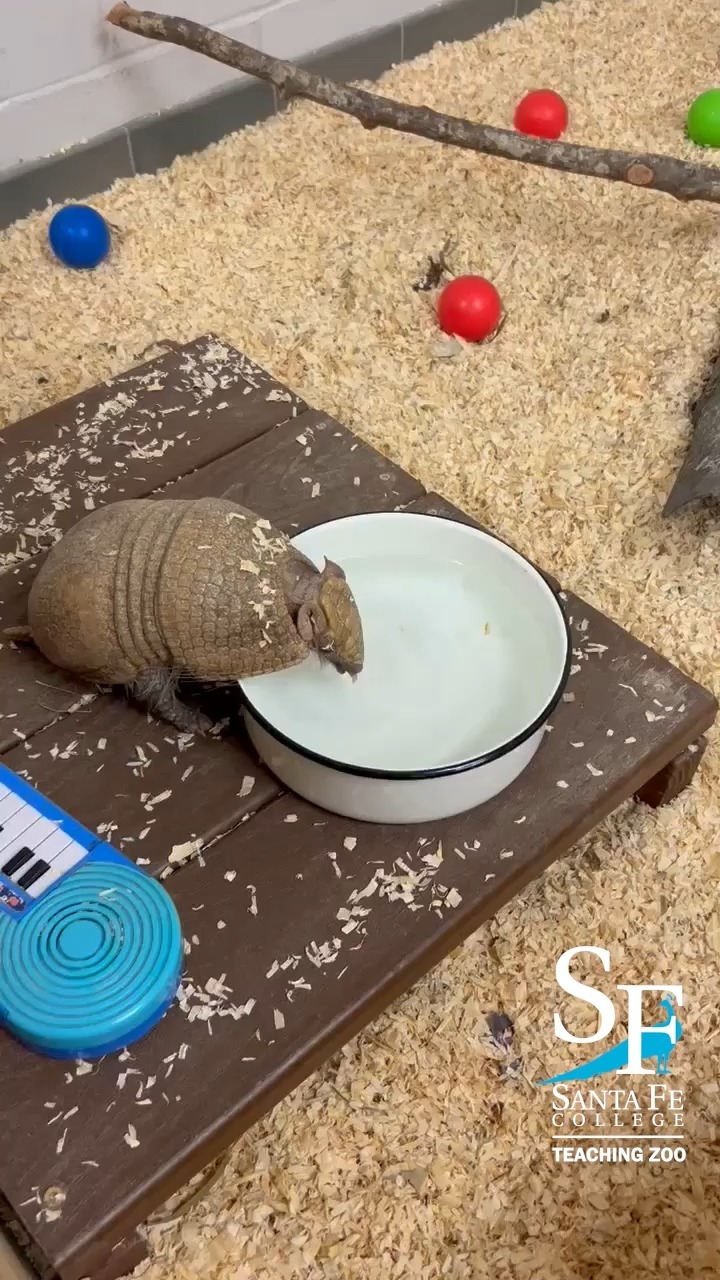– Discover the unique features and behaviors of the Southern three-banded armadillo.
– Unveil the intriguing diet and foraging habits of these armored insects aficionados.
– Delve into the smart survival strategies that keep armadillos thriving in their habitats.
– Learn about the importance of conservation efforts for preserving these remarkable creatures.
– Join in celebrating the remarkable behaviors and adaptive expertise of these small but mighty members of the animal kingdom.
Nestled within the labyrinth of nature’s most captivating creatures, the Southern three-banded armadillo emerges as a mini marvel of evolutionary design. Encased in armor yet delicate in its earthy pursuits, this species paints a vivid picture of resilience, agility, and the tireless pursuit of life’s simplest needs.
Let’s stroll through the armadillo’s world, a journey punctuated by tapping tiny claws on the forest floor, the rustling of leaves, and the ceaseless work of tiny artisans beneath the ground. Here, in the realm where life is a daily miracle, we glimpse a creature whose very existence is interwoven with the pulsing heart of nature.
With its telltale bands and shield, the armadillo seems forged from the ancient armories of a forgotten epoch, but make no mistake—its presence is a testament to survival, not warfare. The peculiar armor it proudly wears is not just for defense; it speaks of eons of adaptation, a biological heirloom handed down through generations, enabling its bearer to thrive amidst the sprawling ecosystems of the Southern Hemisphere.
These creatures are insect connoisseurs with an insatiable appetite for termites and ants. It is a sight to behold—an armadillo deftly unearthing a termite mound, a witness to the symphony of life and death that plays out daily beneath our feet. With its boundless curiosity, the armadillo’s long, sticky tongue probes the hidden corners of insect colonies, making each unsuspecting insect a morsel in its voracious ballet of survival.
Yet, this armadillo is no grave digger of its design. It is a settler, claiming the abandoned residences of its forest companions, showcasing its ingenuity without the burden of construction. Within these borrowed walls, it finds solace, safety, and the warmth of home without the labor of excavation.
But what life for the armadillo would be complete without its riveting ability to ensconce itself entirely within its rigid embrace? The world may toss and turn, and predators may loom large, but in an instant, the armadillo becomes a fortress. This remarkable volvation, rolling into a ball, is more than a party trick; it’s the cornerstone of the armadillo’s defensive masterclass.
The armadillo’s connection to its environment resembles a tapestry, each thread representing its roles as predator, prey, and scavenger. Its very existence enriches the soil, controls insect populations, and bears testament to the delicate balance that is the web of life. Recognize the armadillo and hold a living testament to the interconnectivity of all beings.
Yet, not all is serene in the armadillo’s existence. Threats loom large – habitat destruction, climate change, and the ever-present specter of human encroachment weigh heavily on its diminutive shoulders. This beckons a clarion call for conservation, a plea for recognition that each creature deserves a chance to continue its ancestral journey under the sun, no matter how small or armored.
The armadillo stands as a bastion of survival, but it does not stand alone. We are the stewards of its world and of ours. We must ensure that the tapestry remains intact and that future generations may also marvel at the ingenuity and determination of nature’s miniature tank.
In chronicling the life of the Southern three-banded armadillo, we are invariably telling an epic, one inscribed upon the very skin of the Earth. It is a narrative of success against the odds, a chronicle of life’s adaptability. Through our observation and appreciation, we don’t just witness the armadillo’s existence; we are inspired by it. Inspired to adapt, survive, and appreciate our nuanced roles in this grand spectacle called life.
*****
Source Description
Happy
Southern three-banded armadillos have a diet that consists of termites and ants out in the wild. They have a long tongue that can reach deep into insect colonies and strong legs and arms to help dig. However, they do not dig their burrows; they prefer abandoned anteater burrows or thick vegetation.


